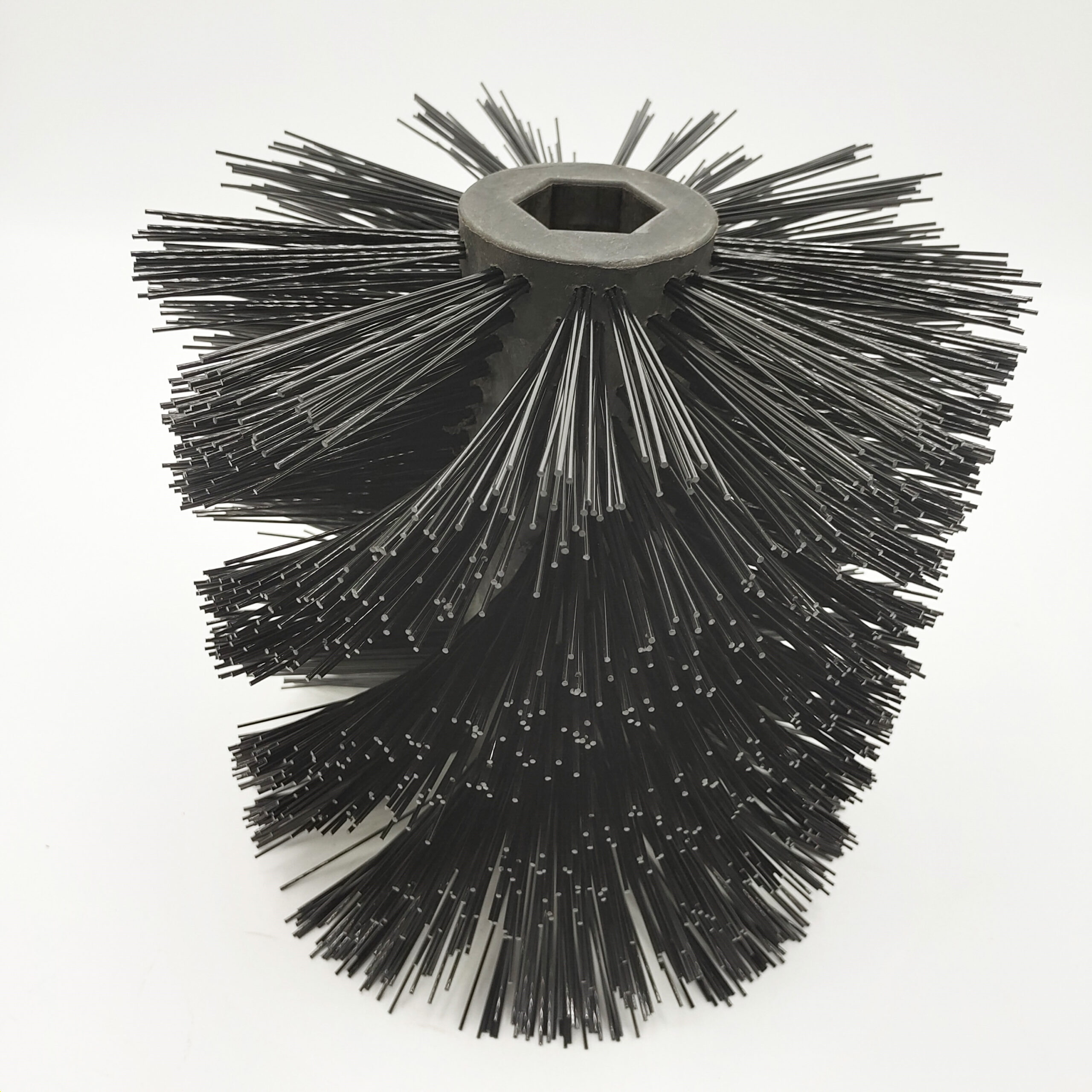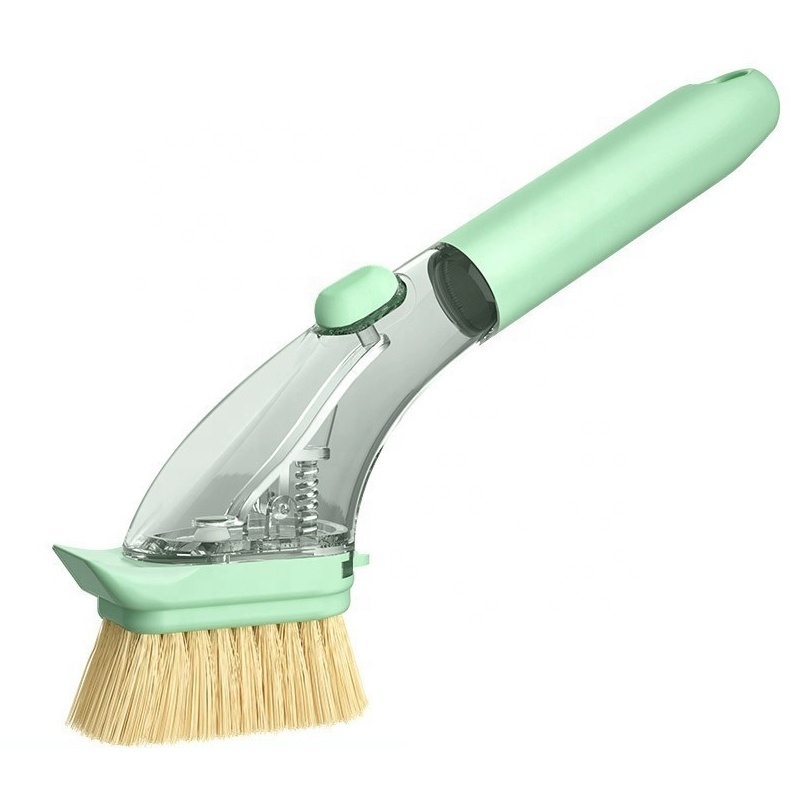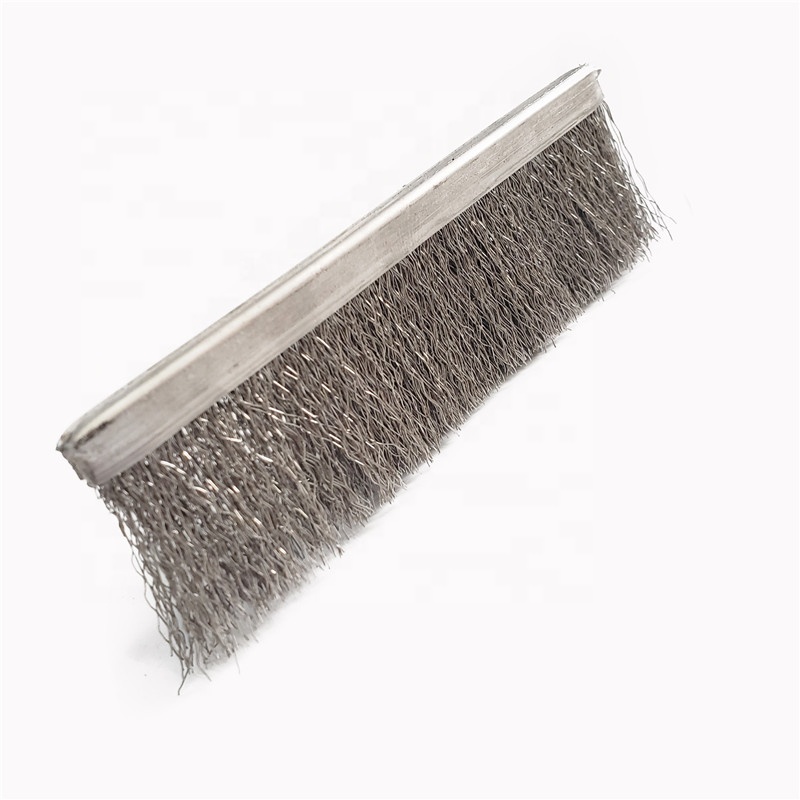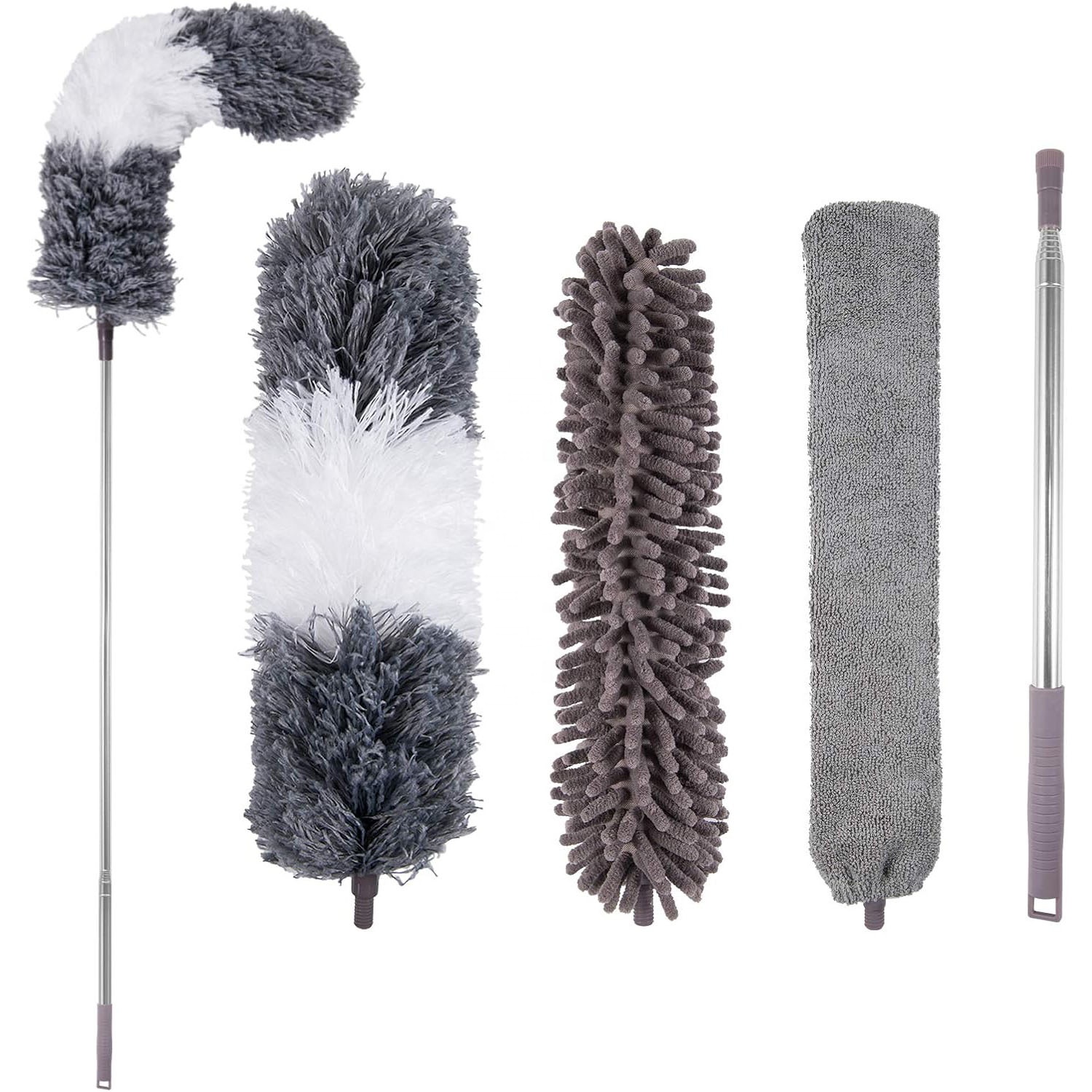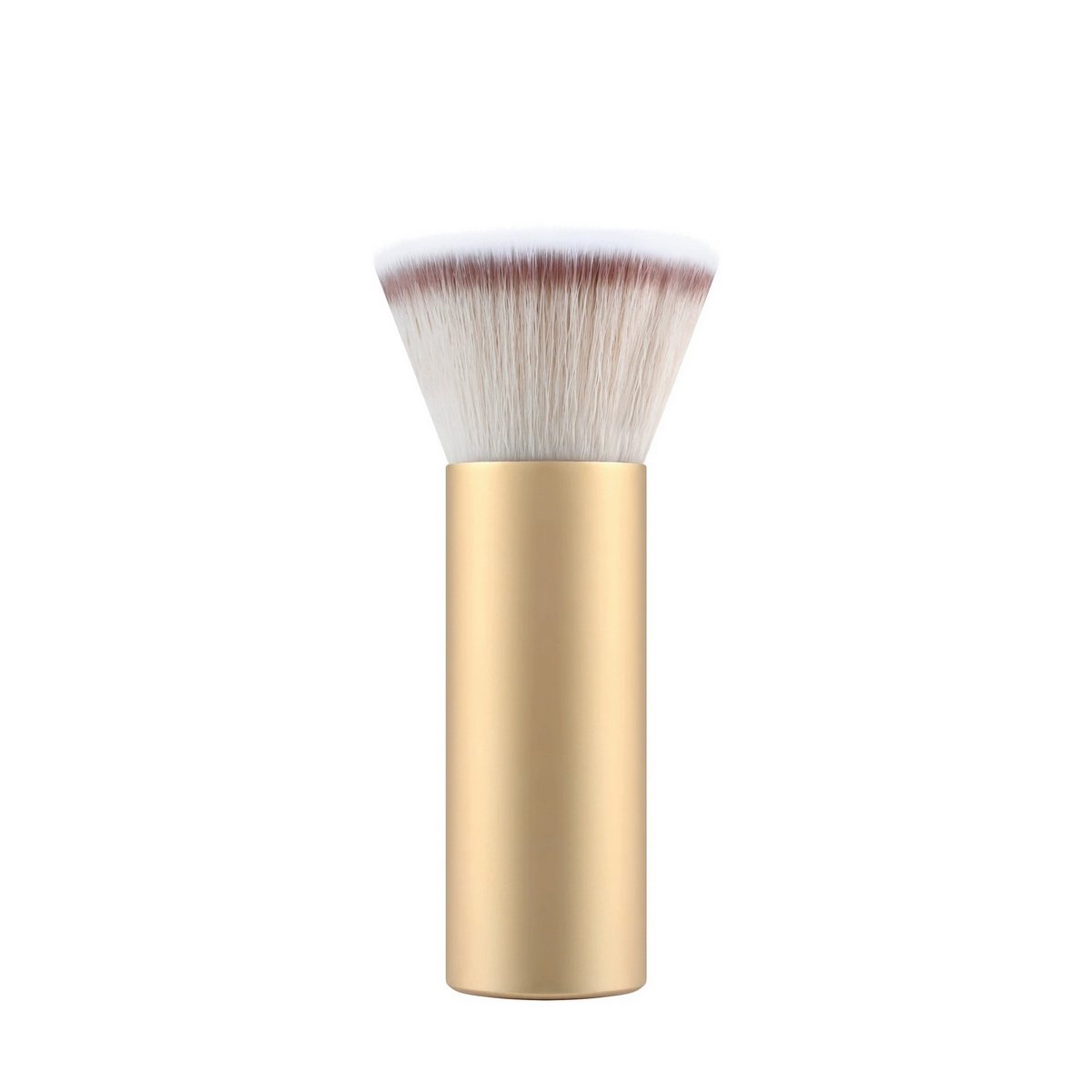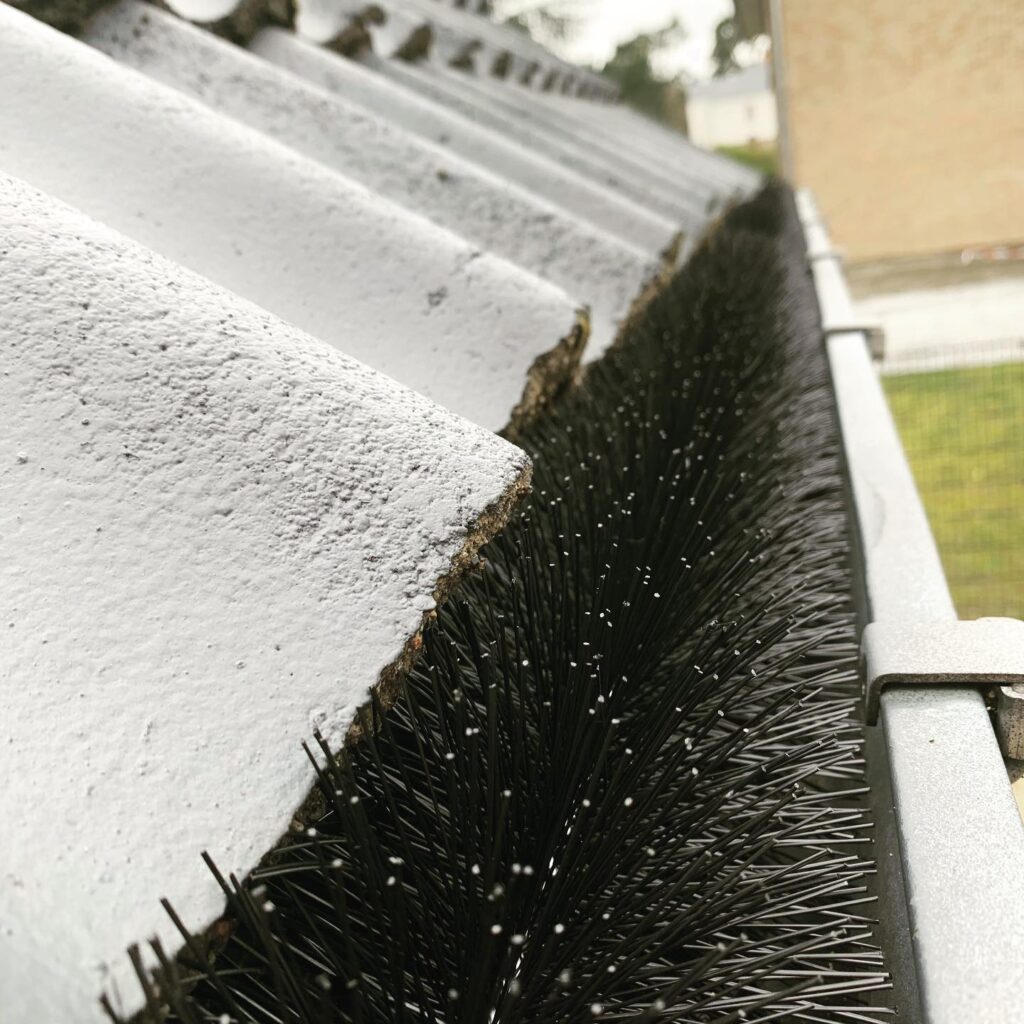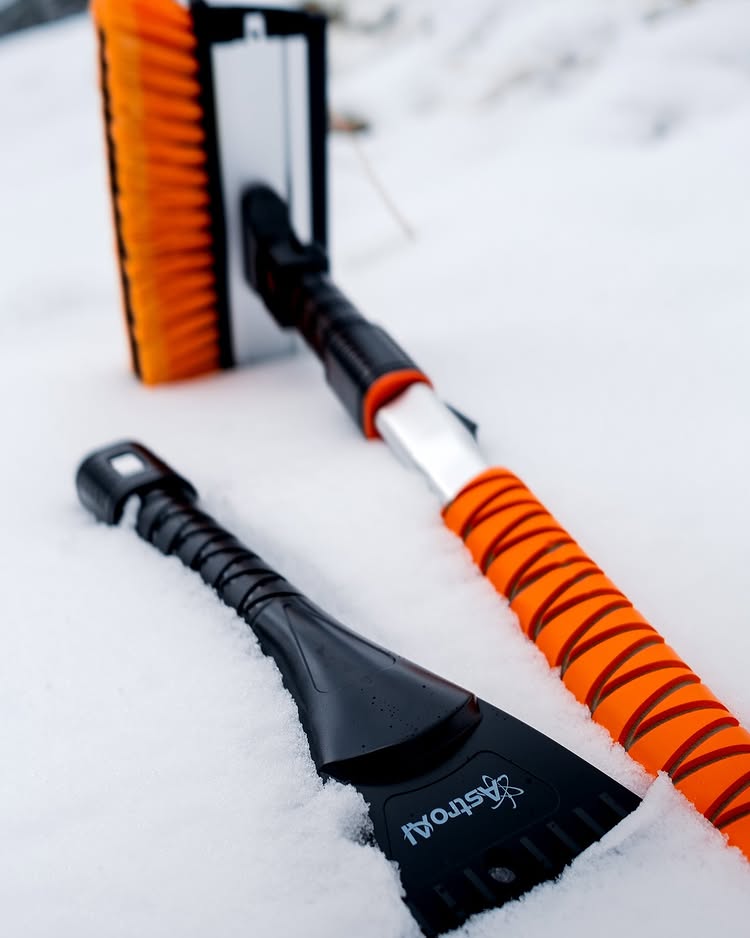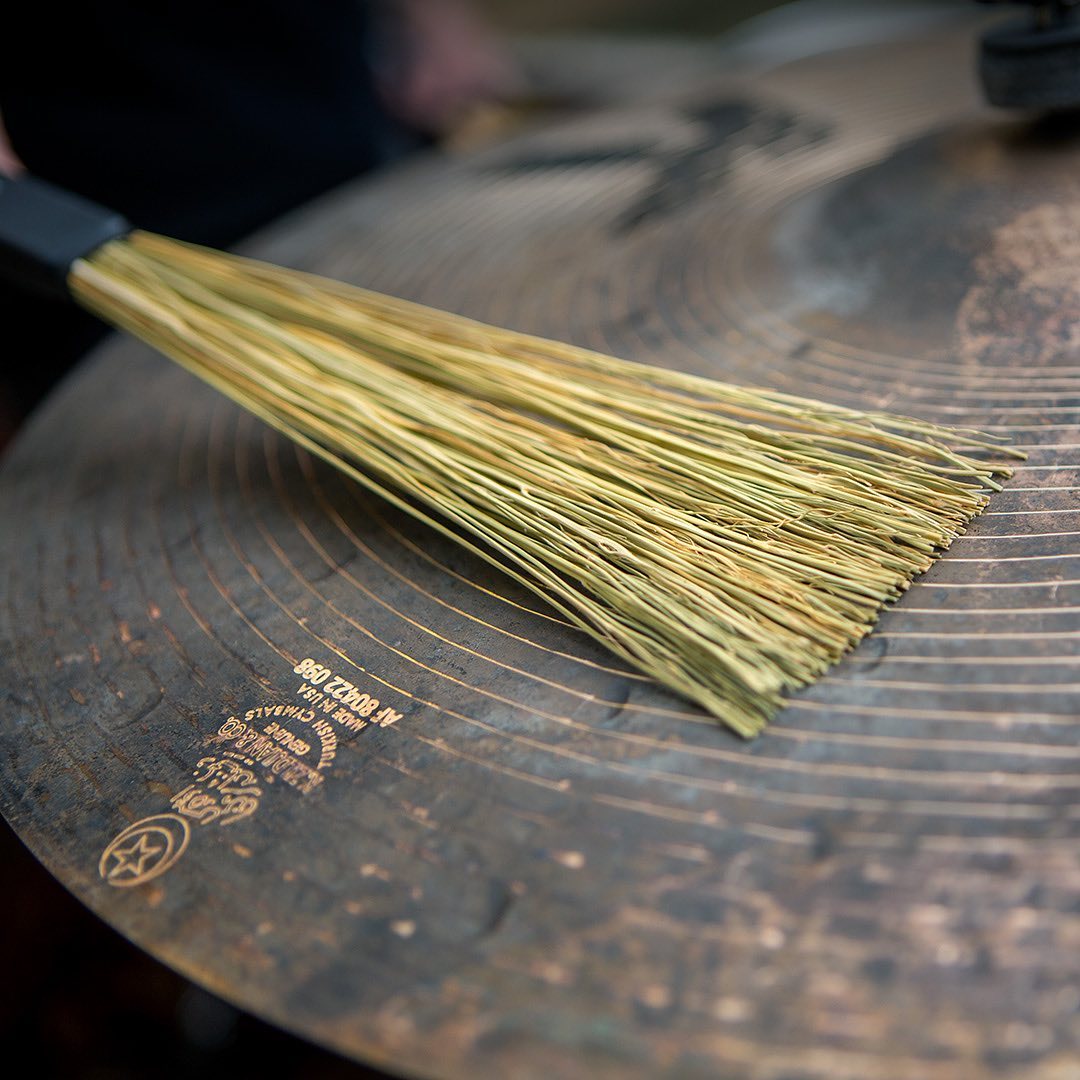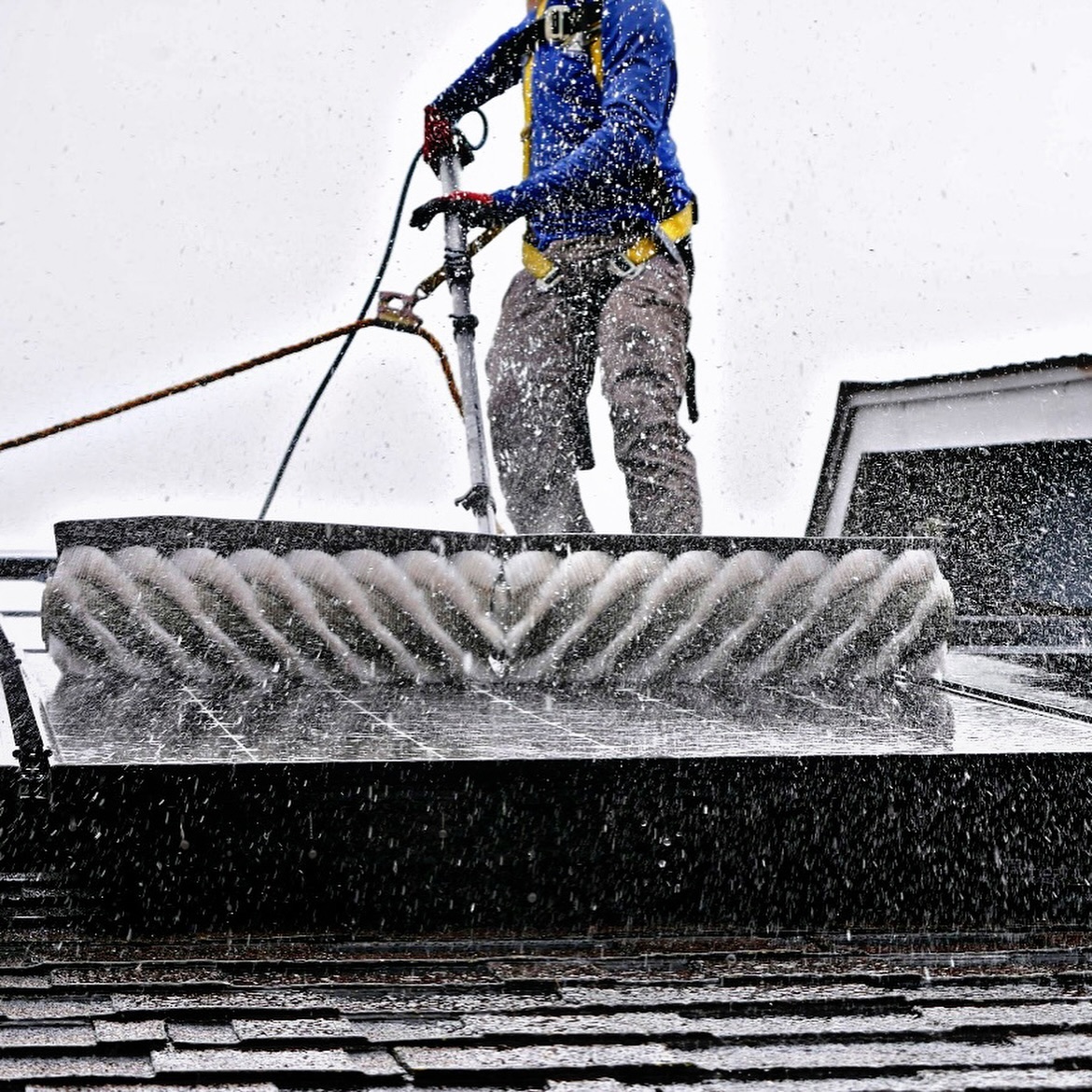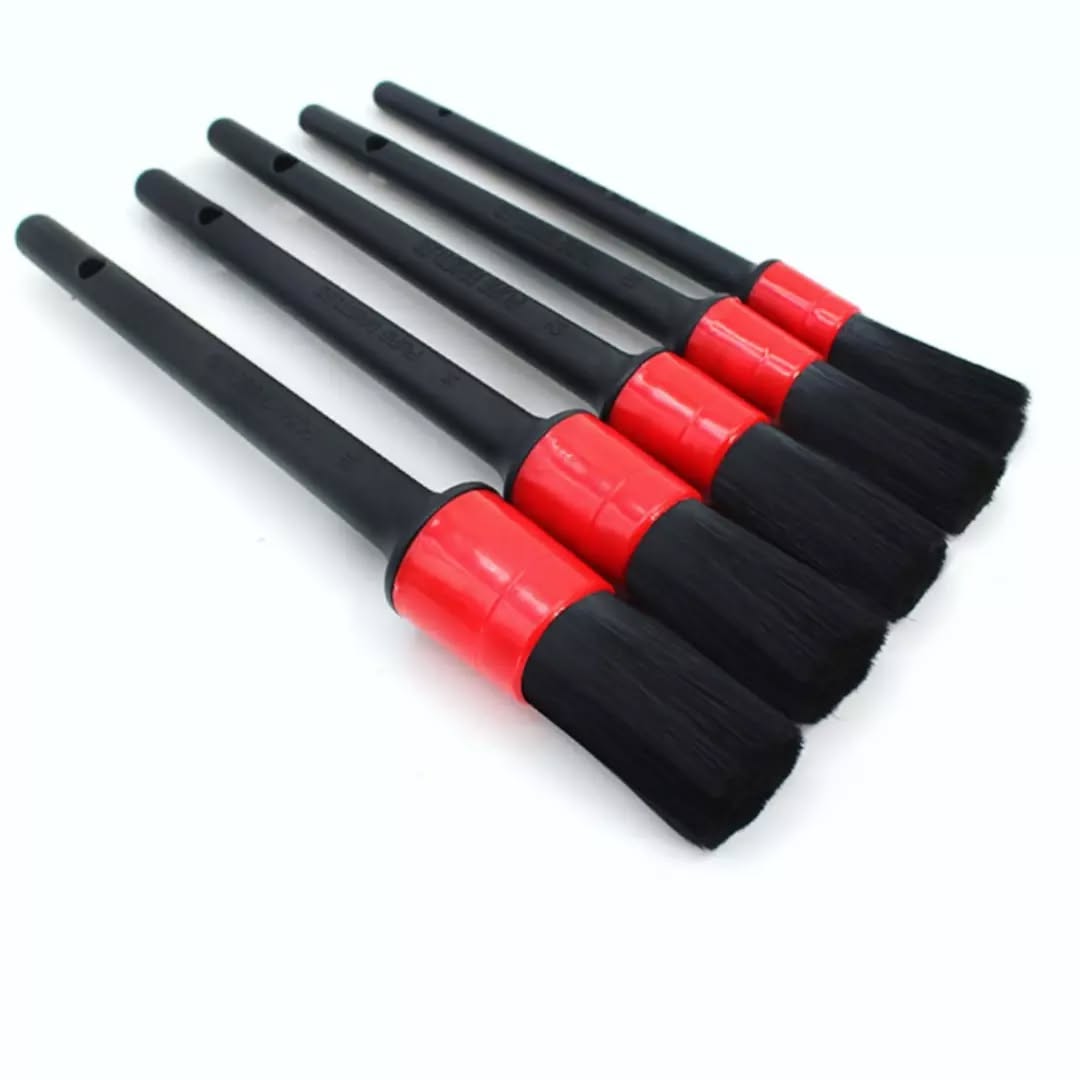جدول المحتويات
Clogged gutters are more than just a seasonal nuisance—they’re a serious threat to your home’s structural integrity. When water cannot flow freely through your gutter system, it can overflow and damage roofing, siding, foundations, and landscaping. Cleaning gutters is a necessary but dreaded task, especially given the safety risks of working on ladders. To address this problem, various gutter protection systems have been developed. Among these, the gutter brush has gained popularity among homeowners looking for a simple, do-it-yourself solution.
But what exactly is a gutter brush, how does it work, and most importantly, is it truly effective in keeping your gutters clean? Let’s take a closer look at this product, weighing its pros, cons, and alternatives to help you make an informed decision based on real homeowner experiences and expert insights.
Understanding the Gutter Brush
A gutter brush, also known as a gutter guard brush, is a long cylindrical brush made up of durable bristles. These bristles are typically black and synthetic, extending outward from a galvanized steel wire core. Resembling oversized bottle-cleaning brushes, gutter brushes are usually about five inches in diameter and come in standard lengths of 18 to 36 inches. They are sold in multi-packs, often in sets of 12, allowing homeowners to cover the full length of their gutter system.
The idea behind the gutter brush is simple yet clever: insert these bristle-filled rods end-to-end along the inside of your gutters. Once in place, they act as a filter, blocking leaves, twigs, and other large debris while still allowing rainwater to flow through the center and out of the downspouts. This design is meant to reduce the frequency of gutter cleaning while ensuring uninterrupted water drainage around your home.
Installation and Initial Appeal
One of the reasons why gutter brushes have become popular is their ease of installation. Unlike other types of gutter guards that may require tools or professional help, installing a gutter brush is as simple as placing it into the gutter channel. There’s no need for screws, nails, or brackets. For homeowners who prefer to avoid labor costs or extensive DIY projects, this makes the gutter brush an appealing option.
Gutter brushes are widely available at hardware stores and home improvement centers. Their affordability and straightforward design often attract first-time buyers looking for a low-cost alternative to professional-grade gutter guards. On paper, the solution seems ideal—simple, budget-friendly, and effective. But does this solution stand the test of time and performance?
Do Gutter Brushes Really Work?
The effectiveness of the gutter brush varies significantly depending on the local environment and the type of debris your gutters typically collect. In regions with sparse tree cover or minimal airborne debris, a gutter brush may function adequately. It can prevent large leaves from settling inside the gutters and help water flow through without significant blockage.
However, many homeowners report mixed or negative experiences after using gutter brushes. One of the most common complaints is that gutter guard brushes are not secured in place. During heavy winds or storms, the brushes can shift or even be blown out entirely, rendering them useless and creating an additional mess.
Even more concerning is how they handle smaller debris. While the brushes can block large leaves, they tend to trap smaller particles like twigs, seeds, and pine needles in their bristles. Over time, these trapped materials accumulate and create dense clogs. Once clogged, these brushes no longer serve their purpose and instead cause water to overflow. This runoff can damage siding, flood basements, and erode foundations—exactly the issues gutter guards are designed to prevent.
In certain cases, seeds such as those from maple trees can lodge into the bristles and begin to germinate. The combination of water, sunlight, and organic material creates an ideal environment for growth. Homeowners have reported finding small plants or even saplings taking root inside their gutters, requiring manual removal and thorough cleaning.
Maintenance and Long-Term Issues
While marketed as a maintenance-free solution, gutter brushes often require regular upkeep. To maintain performance, homeowners may need to periodically remove and clean the brushes. This defeats the primary benefit of installing a guard system—minimizing gutter maintenance.
Additionally, over time, the synthetic bristles can wear down, bend, or deform, especially under exposure to harsh weather or prolonged UV radiation. When the bristles collapse or lose their shape, they no longer effectively block debris or facilitate water flow. At that point, replacing the brushes becomes necessary, adding to the long-term cost and labor involved in using this system.
Alternatives to Gutter Brushes
Given these limitations, many homeowners eventually consider other options for keeping gutters clean. Traditional gutter cleaning using a ladder and a gutter cleaning brush is still a reliable method, though it involves more physical effort and safety risk. Some opt for telescoping extension brushes or pressure washing tools that allow gutter cleaning from the ground.
However, the most effective long-term solution is often the installation of a professionally designed gutter guard system. Unlike gutter brushes, these systems are securely fastened to the gutters and are engineered to keep out even the smallest debris. Micro-mesh guards, in particular, offer superior filtration while maintaining optimal water flow.
Products like MasterShield, for instance, utilize a fine stainless steel mesh that keeps out leaves, seeds, roof grit, and even shingle oils. These systems are typically backed by warranties and installed by certified professionals, offering homeowners peace of mind and reliable performance season after season.
Choosing the Right Solution for Your Home
Whether a gutter brush is the right choice for your home depends on various factors, including your local climate, proximity to trees, and personal preferences regarding maintenance. For low-debris environments or as a temporary solution, a gutter brush might provide short-term relief. However, if your property is surrounded by trees or experiences frequent storms, the limitations of a gutter brush may quickly outweigh its benefits.
Investing in a high-quality gutter guard system may cost more initially, but it can save you time, money, and hassle in the long run. Beyond protecting your gutters, these systems help preserve your home’s structural integrity and reduce the risk of water-related damage. When weighing your options, consider not just the upfront cost, but the long-term value and reliability of the solution.
خاتمة
أ gutter brush can be a helpful tool for some homeowners, particularly those looking for a quick and inexpensive DIY option. However, it’s not a one-size-fits-all solution and often falls short in areas with significant debris. For those seeking a more effective and permanent way to keep gutters clean, professionally installed gutter guards offer superior performance and long-term peace of mind.
Maintaining your gutter system is a crucial part of protecting your home. Choosing the right tool for the job—whether it’s a gutter brush, cleaning device, or guard system—depends on understanding your unique needs and environment. When in doubt, consulting with a gutter professional can help you make an informed decision that ensures your home stays dry, safe, and damage-free year-round.

